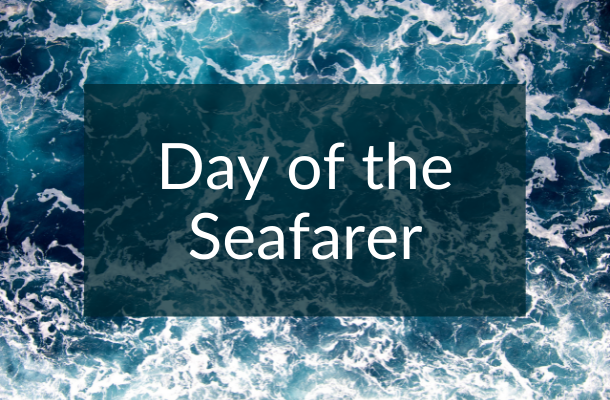Contact Us
Friday 25th June 2021

Today and every day we appreciate our offshore colleagues, who work at sea in order to support the vital offshore wind industry. In recognition of ‘Day of the Seafarer’ we asked two of our crew transfer vessel Masters to share their experience of working offshore.

Working at sea is in my blood. My father was a fisherman, and so I followed in his footsteps as a fisherman for 35 years. I took over and managed his business with multiple fishing boats, before I decided to move into the offshore wind industry in 2003.
I worked in one company for 10 years at the same wind farm, before joining CWind, where I’ve been for almost six years, as a Master, continuing to transfer technicians and equipment at the same wind farm off the coast of Kent – making this my sixteenth year at the site.
In a typical day, we’re contracted 6:30-6:30 but I usually get on the boat about 6am. If our work is done or we have a weather day, we can sometimes finish a bit earlier. Unlike seafarers who go offshore for weeks at a time, we don’t live onboard the crew transfer vessels, so we go home every evening. I work seven days on and seven days off, which works well as I get a week of relaxation time before I’m back to work again.
I operate the Tempest, a 23m catamaran owned and operated by CWind, and my responsibility is to keep everyone safe onboard. I work with a really great crew, who keeps the vessel clean and manages our passengers efficiently. Many of the technicians know us now because we’ve been a permanent fixture at this site for so long.
The workload can really vary, some days we have four or five teams of technicians to transfer, and we can be going back and forth all day, other days we have quieter times where we get more of the maintenance and admin work done. The other day we had to check the latchways on all 30 turbines, some of them multiple times, so it means pushing on to turbines 45/50 times in a day. Something like that is really important for health and safety because the latchways hook on to the technicians, meaning if they fall/slip, they won’t fall into the water.
The sea offers great career opportunities. The only thing I’d say is, if you’re seasick, it might not be for you!



I’ve been working at sea since I was very young, first as a fisherman and then later, on the ferries. Around 12 years ago, I decided to join the offshore wind industry, and I’ve never looked back.
I’m Master of the CWind Typhoon, and work alongside my crew, Jon, who I’ve worked with for three or four years now – we get on really well, so that helps when you’re offshore 12 hours a day together.
We’re contracted to work 6:30am – 6:30pm but we normally finish between 5/6pm. Some days we’re really busy with transfers to and from turbines all day, so when it’s quieter, we do more of the project management, admin and general maintenance jobs that can be done at sea. Unlike seafarers on larger ships, we don’t live onboard our vessel, but there are two bunk beds and a kitchen, so you could live onboard easily.
My responsibilities include keeping the vessel up to scratch, ensuring the safety of our crew and passengers, and ensuring that any issues are handled quickly and efficiently – such as any maintenance work required when we get to shore.
I like working at sea because every day is different – the weather, tides, and the jobs we carry out. The industry is not easy to get in to, but once you are in it, you can be set for life in a career with opportunities to progress to wherever you want to.